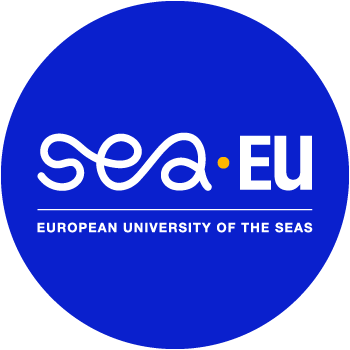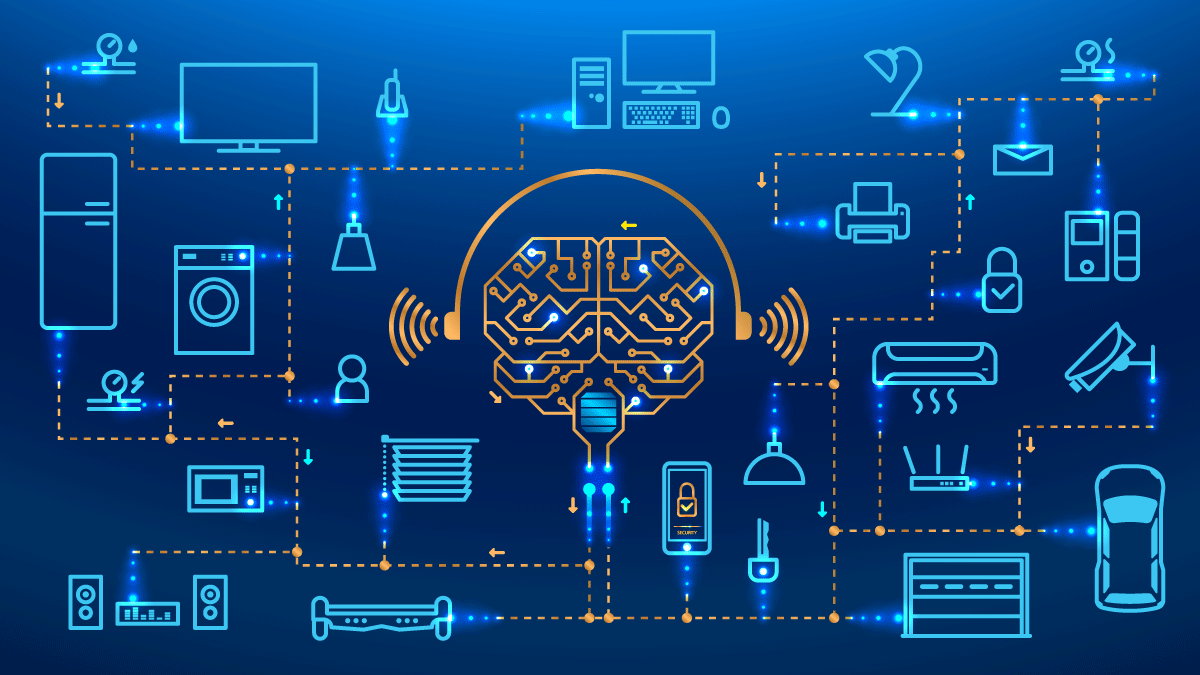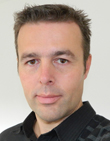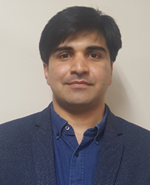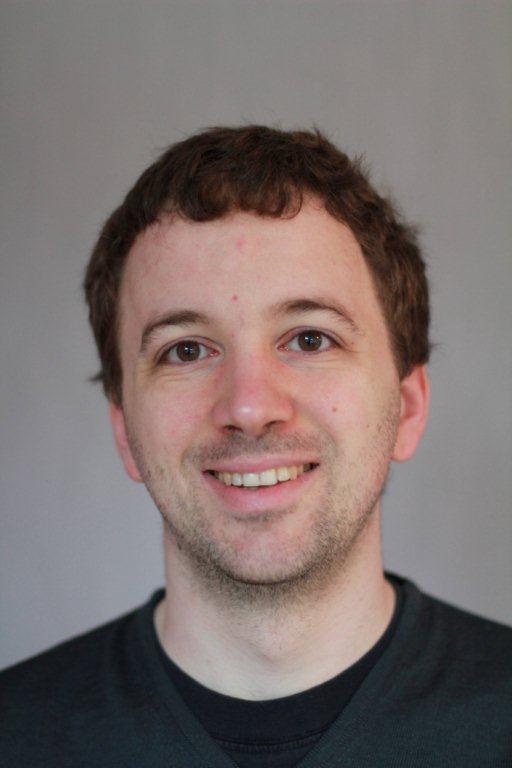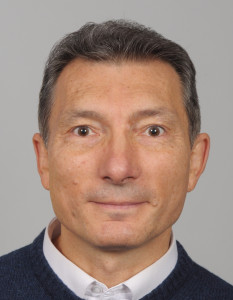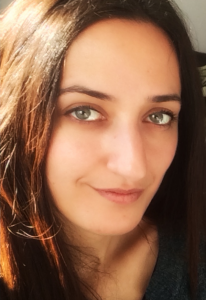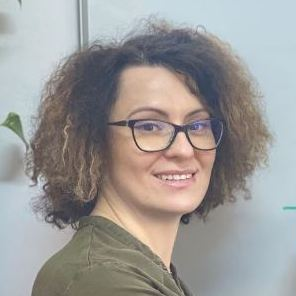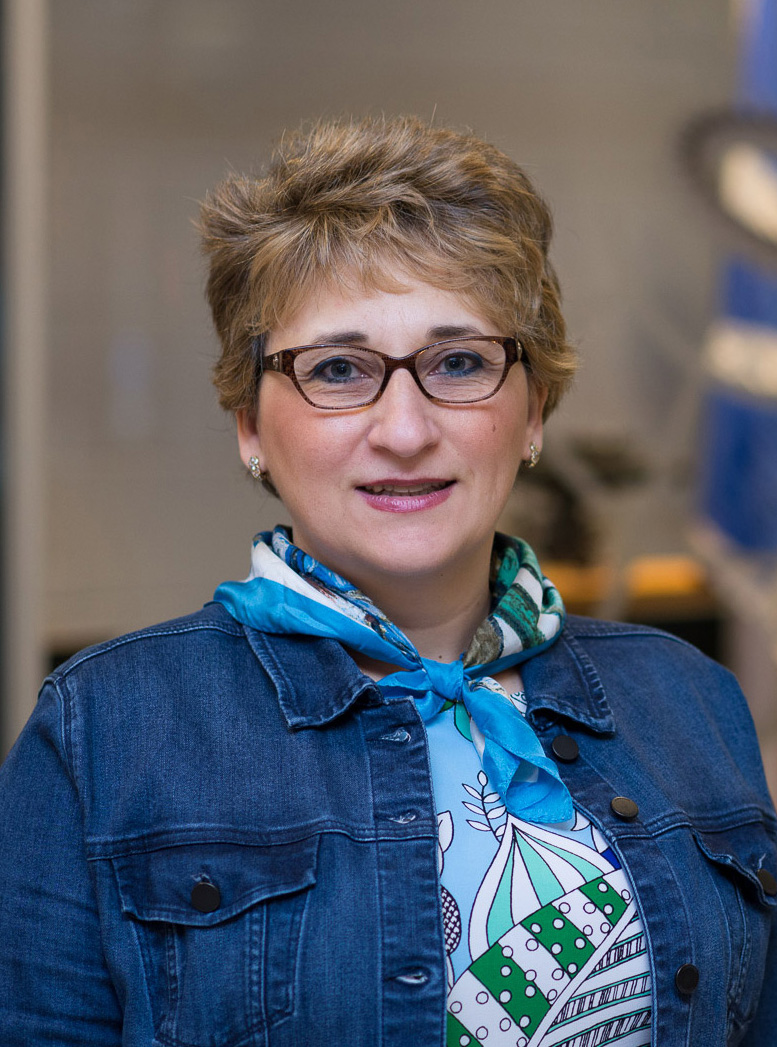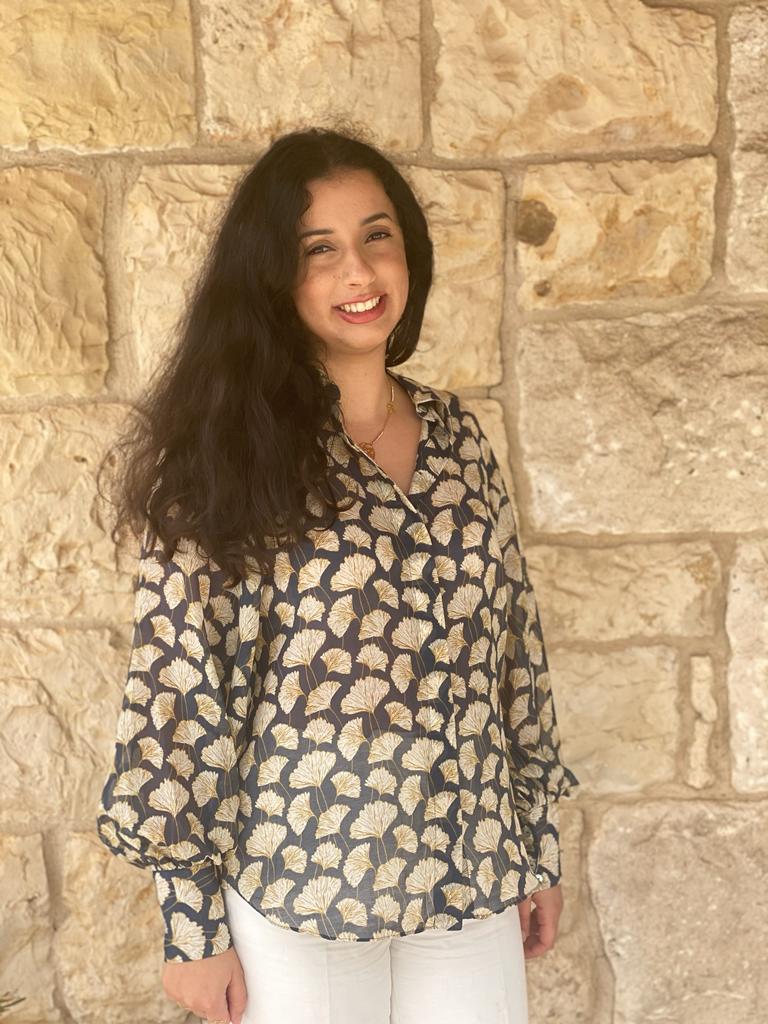Presentation of the laboratory 'Lab-STICC'
The Lab-STICC, with its double affiliation to the INS2I and INSIS institutes of the CNRS, is a research unit historically recognized in Brittany and in France in the field of ICTS. It has a proven capacity to cover a broad scientific spectrum around digital sciences, and in particular with this ability to address various disciplinary fields (Information Theory, Waves & Materials, Embedded Electronics and Computing, Data Sciences, Communication and Signal Detection, Human-Machine Interfaces,...) following multiple themes/application sectors: maritime environment, communicating objects, defense, space, health, security, robotics...
The Lab-STICC's motto "From sensors to knowledge: communicating and deciding" initially underlined the intention to give "meaning" to the "sign", in terms of interpretations and increased value with respect to treatments based on a signal in all its forms. Today, this motto is even more reinforced by the importance of data, which is becoming the vector of technological and scientific innovation, undeniably boosted by the major advances in science in the field of cognition and artificial intelligence. The ability of the Lab-STICC to establish this link between the lower and upper layers (up to Human-Complex Systems cooperation) is an asset to mobilize its scientific strengths, and federate research around the societal challenges such as digital, environment, energy. The laboratory has been restructured around 9 research departments, bringing together 25 teams. It is indeed an architecture based on disciplinary competences - the teams - working in a coordinated way within poles following shared scientific ambitions - and able to articulate in a transversal way around the societal and scientific challenges.
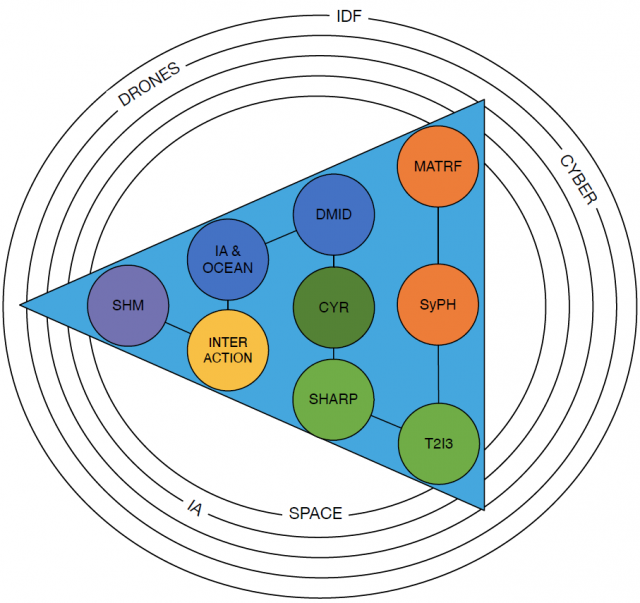
Our numbers
Project team members
Academic Partners
Industrial Partners
Partners
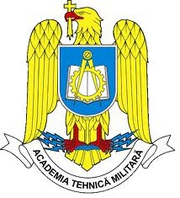

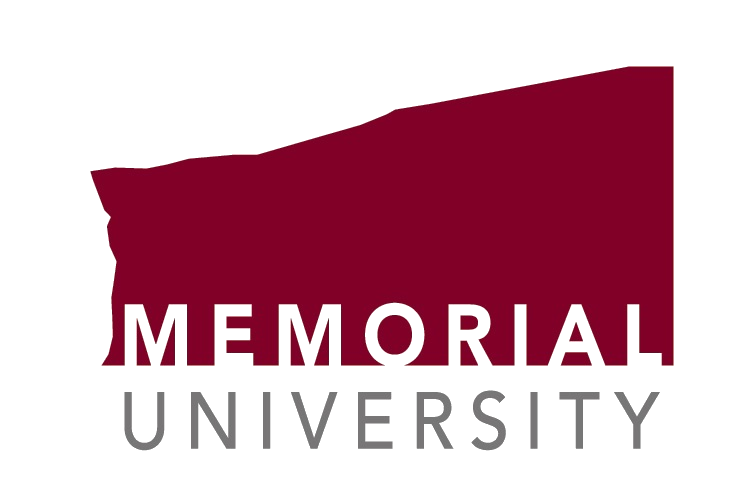

- This project has received funding from the European Union’s Horizon 2020 research and innovation program under the Marie Sklodowska-Curie grant agreement No 838037
- The content of this website reflects only the authors' view and the Research Executive Agency is not responsible for any use that may be made of the information it contains.

